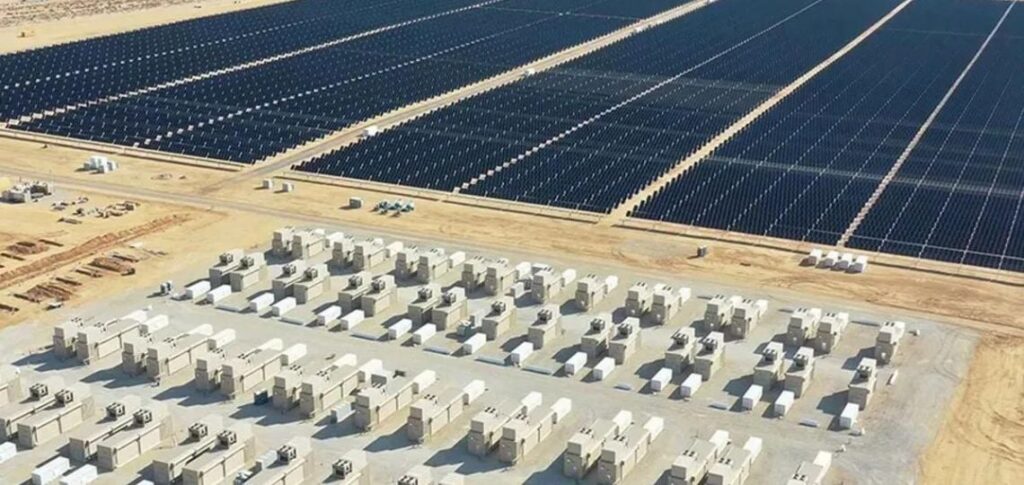The United States is exploring innovative avenues to transform its energy infrastructure. Recently identified, an old nuclear storage site presents considerable potential for renewable energy projects. With capacities reaching 269 GW — including 95 GW at existing nuclear sites and 174 GW at former coal sites — this development reflects the American commitment to integrating more sustainable sources into its energy mix. Leveraging these locations to promote renewable energy opens a new era for a sustainable energy future.

In the United States, the DOE sees former nuclear and coal sites as a unique opportunity to expand renewable energy infrastructure. With a potential expansion of 269 GW, including 95 GW at existing nuclear sites and 174 GW at former coal sites, the country could significantly advance toward its carbon neutrality goals. Initiatives like the INTI project in the Amazon demonstrate a successful energy transition.
An Opportunity for Energy Transformation
The United States is considering converting certain former nuclear and coal sites into renewable energy sources. The Department of Energy (DOE) has identified a potential of 95 GW for expansion at existing nuclear sites and 174 GW at former coal sites. This initiative aims to maximize the use of existing infrastructures while reducing the environmental impacts of fossil fuels.
The Yucca Mountain Site: An Iconic Example
The Yucca Mountain site, originally planned for nuclear waste storage, could now play a pivotal role in this transition. Since Congress confirmed this site in 2002 for the storage primarily of spent fuel, its potential for other energy uses has been under constant evaluation. These new prospects could transform a site once deemed problematic into a source of sustainable energy.
Energy Transition and Goals for 2050
In the United States, the long-term vision for carbon neutrality by 2050 requires drastic changes. The “Energy Futures 2050” report examines possible scenarios to achieve these objectives. Converting former nuclear and coal sites into renewable infrastructures is part of this strategy, aiming for electricity to be 80% from renewable sources by 2050. Widespread adoption of solar, wind, and battery storage energy is crucial.
Examples of Successful Projects
Initiatives like the INTI project, consisting of the construction and operation of 10 hybrid power plants (solar and batteries) in 10 cities of the Amazon rainforest, demonstrate the efficiency and feasibility of such energy transformations. Similarly, the Arrow Canyon project by EDF Renewables North America highlights the benefits of solar projects for local communities and their supply of affordable energy. These projects show that former sites can become symbols of progress and innovation.
Innovation in Carbon Capture and Storage
The United States is also investing in innovative technologies for carbon capture and sequestration. Gigantic projects aim to remove 250 times more CO2 than the largest current sites. This combination of carbon capture and renewables could significantly reduce the nation’s carbon footprint.
Conclusion: A Promising Energy Future
The conversion of former nuclear and coal sites into renewable energy sources is a unique opportunity to transform the energy systems of the United States. With ambitious projects and a strong commitment to carbon neutrality, these sites will become pillars of a sustainable and innovative energy future.
Centre de stockage #nucleaire ☢️ en plein Leclerc !! ?? #DoseEquivalentBanane ??♂️https://t.co/wx3lU8f2f8 pic.twitter.com/gsjTK3yufQ
— Télé Pingouins ☢️???⚡ (@lePointGenius) July 22, 2020
Articles similaires
Thank you!
We will contact you soon.














